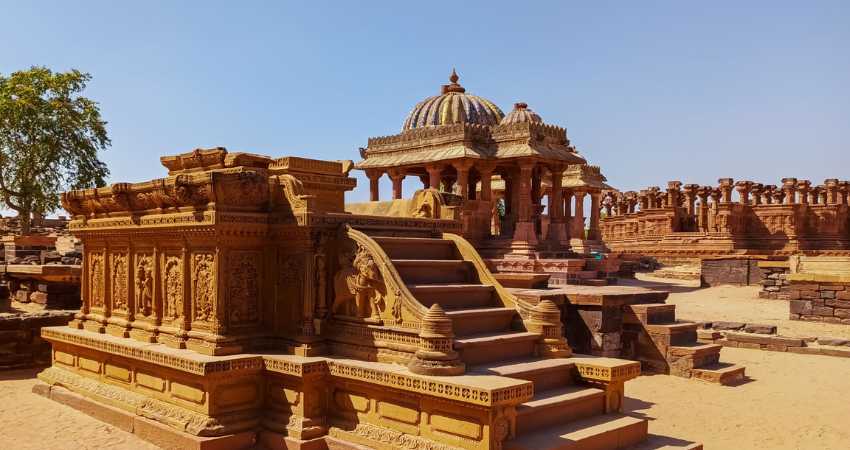Overview
About the Location:
This ancient fort, believed to have been originally constructed in 319 BC by the Mauryan emperor Chandragupta, has undergone numerous extensions over the centuries. In some areas, the ramparts rise up to 20 meters high. The fort has a storied history, having been besieged 16 times, with legend claiming it once withstood a siege lasting 12 years. The fort offers breathtaking views of the city and Girnar Hill to the east. Within its walls, you’ll find a former mosque of remarkable architecture, ancient Buddhist caves, and two exquisite step-wells, both carved from solid rock. The circular Adi Kadi Vav, 41 meters deep, was cut in the 15th century and named after two slave girls who fetched water from it. Navghan Kuvo, a 52-meter-deep well designed to withstand sieges, is nearly 1,000 years old, featuring a magnificent spiral staircase around the well shaft. Keep an eye out for the centuries-old dovecotes as well.
Brief History:
The fort, believed to have been built in 319 BC, is attributed to the architectural vision of Chandragupta. Over the years, the fort has changed hands many times, with remnants of different rulers visible in various parts of the structure. For instance, an inscription of Mandalika III, dated 1450, can be found on the rampart above the gate. Another notable feature is a 10-inch bore cannon made of bell-metal, 17 feet long, and 4 feet 8 inches in circumference at the mouth. This cannon was brought from Diu, where it was left behind by the Ottoman Turks following their defeat in the Siege of Diu in the mid-16th century.
Best Time to Visit:
The ideal time to visit the fort is between November and February.
Disclaimer:
The information provided is intended solely for the convenience of tourists. Timings and other details may be subject to change based on on-site conditions and local regulations, as determined by local authorities or the administration of the destination.her




